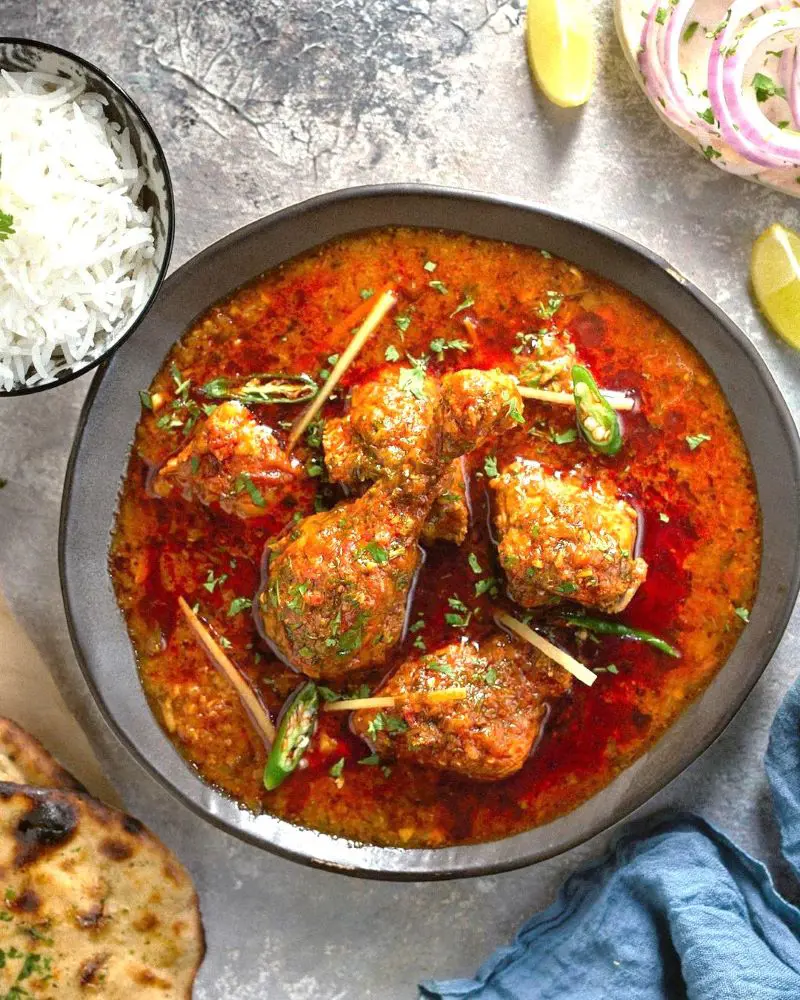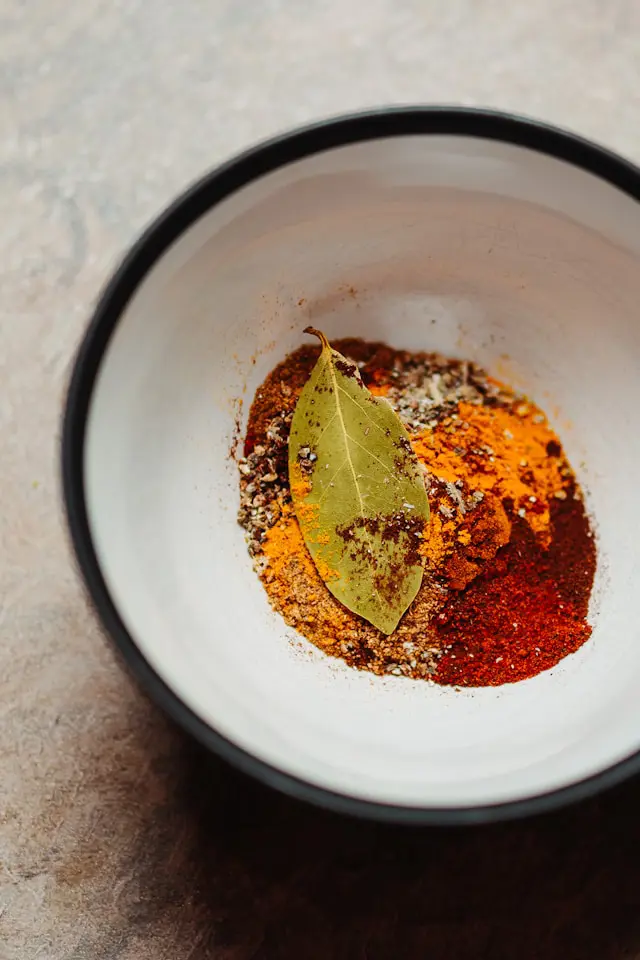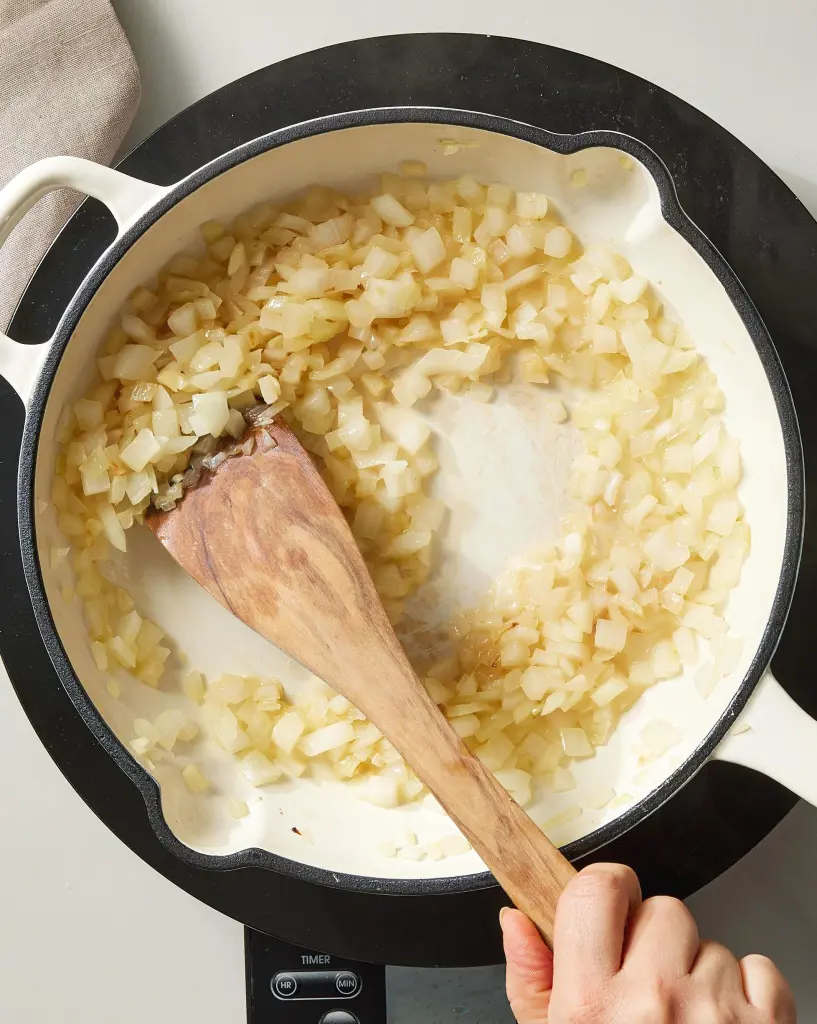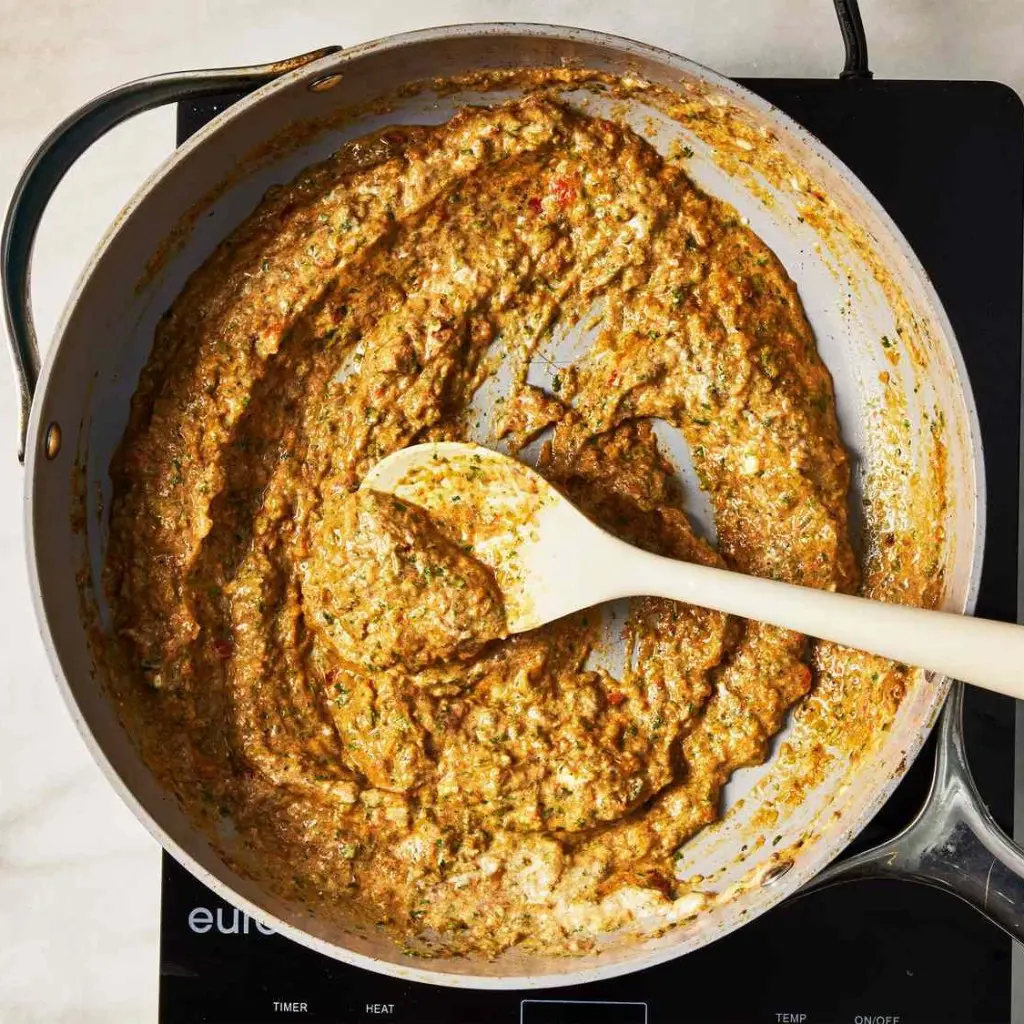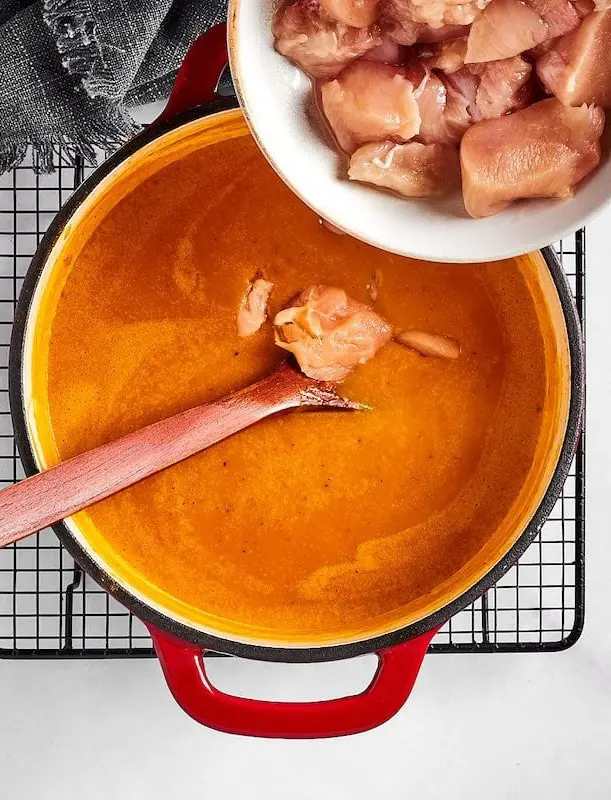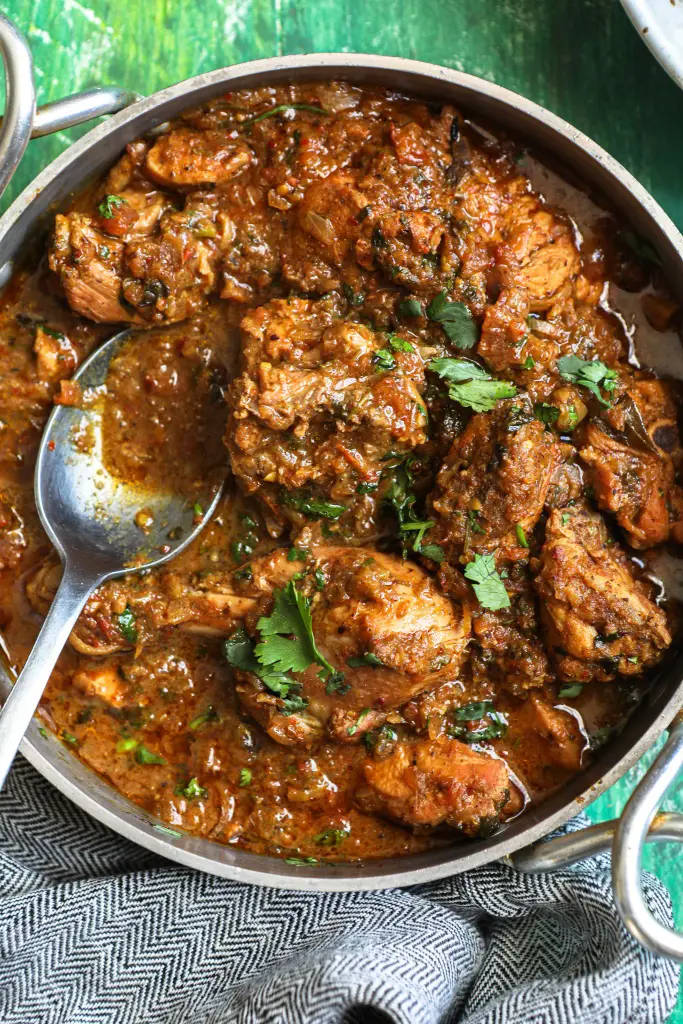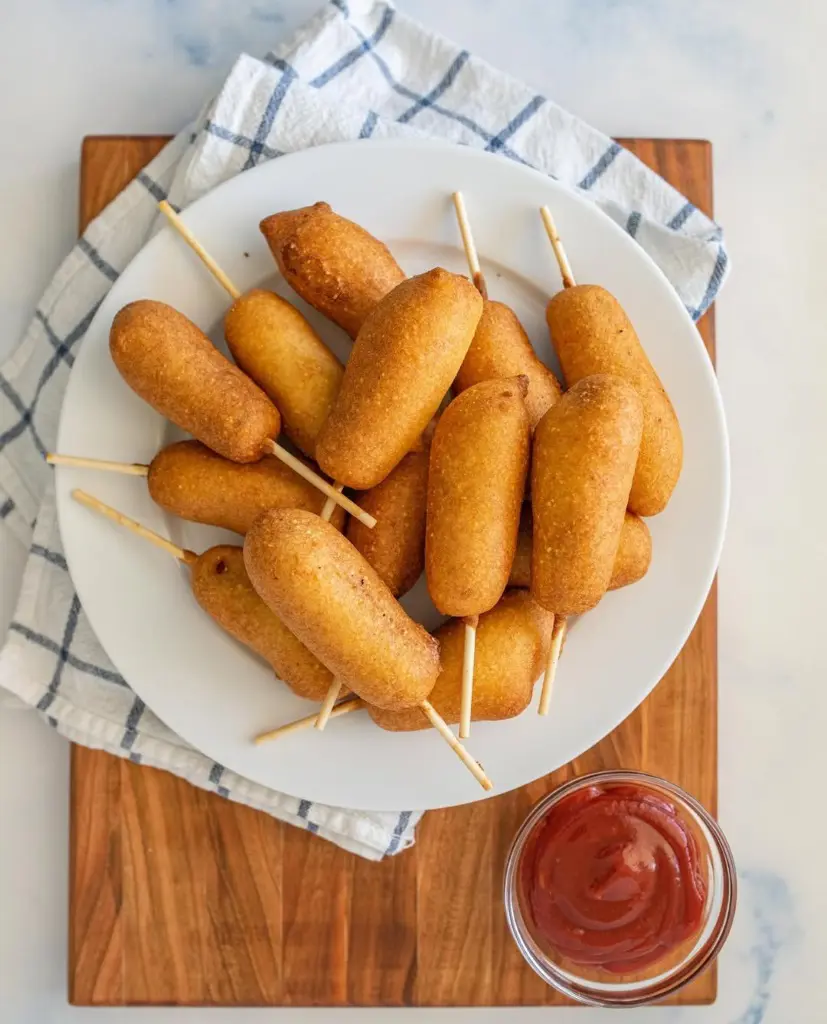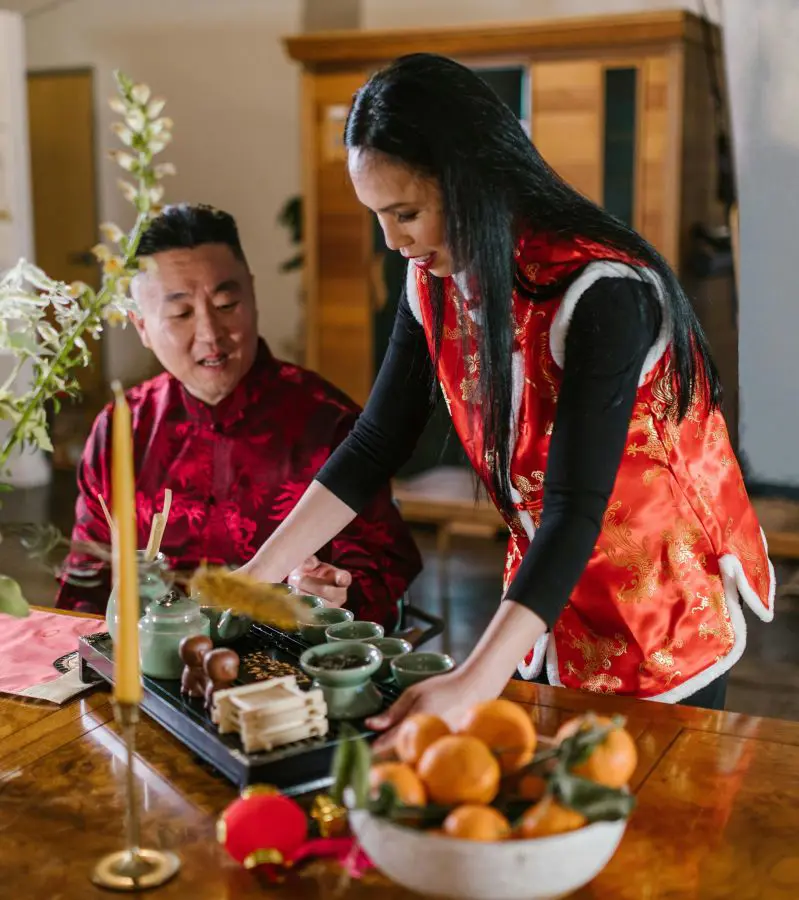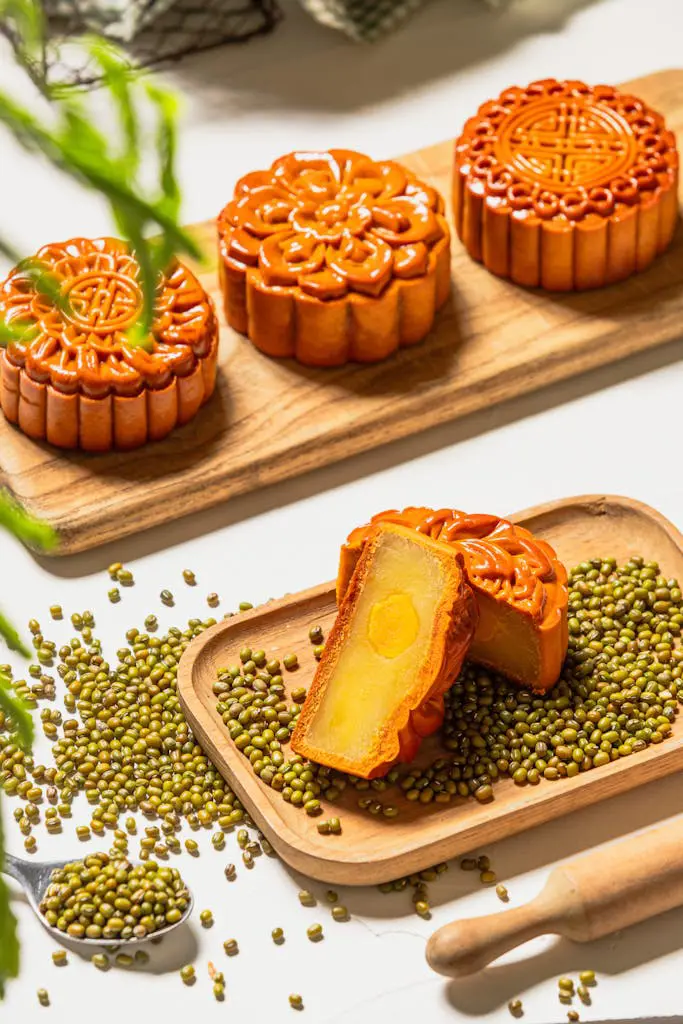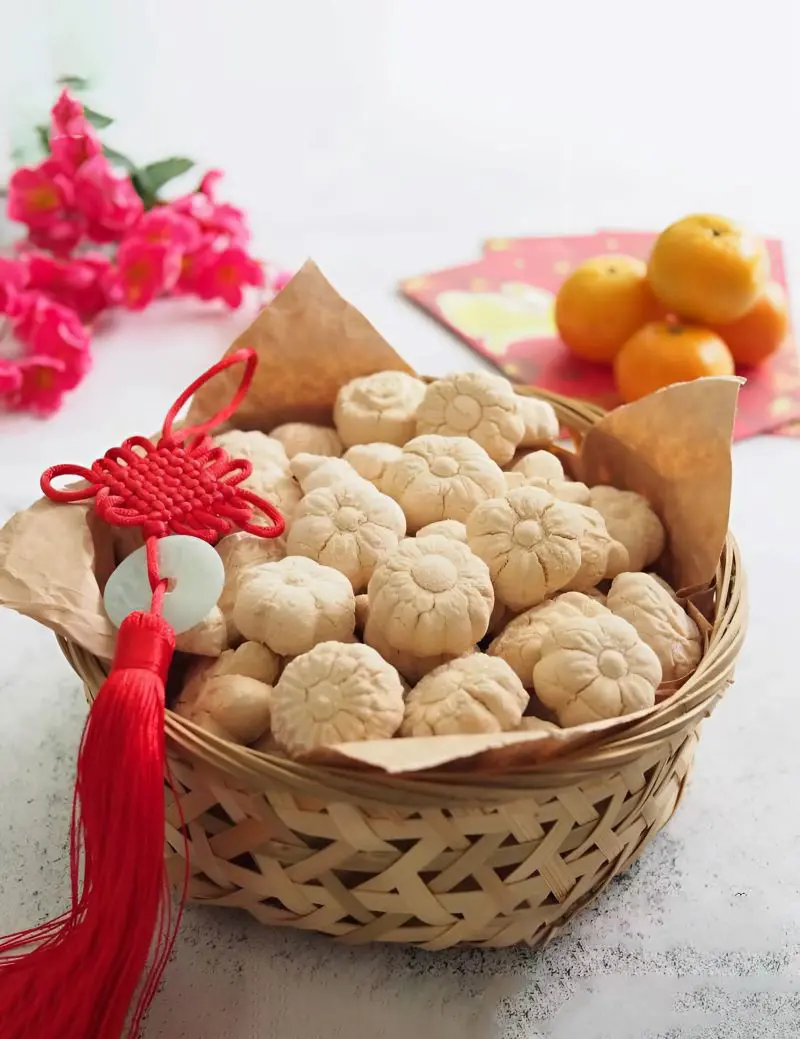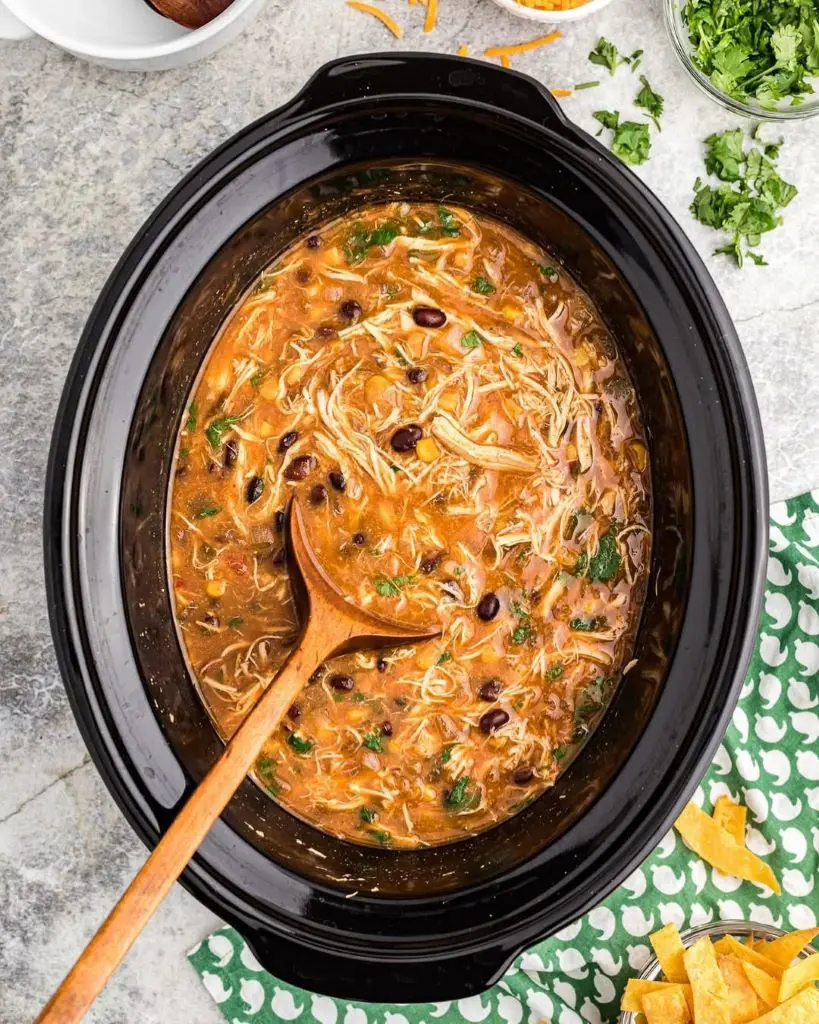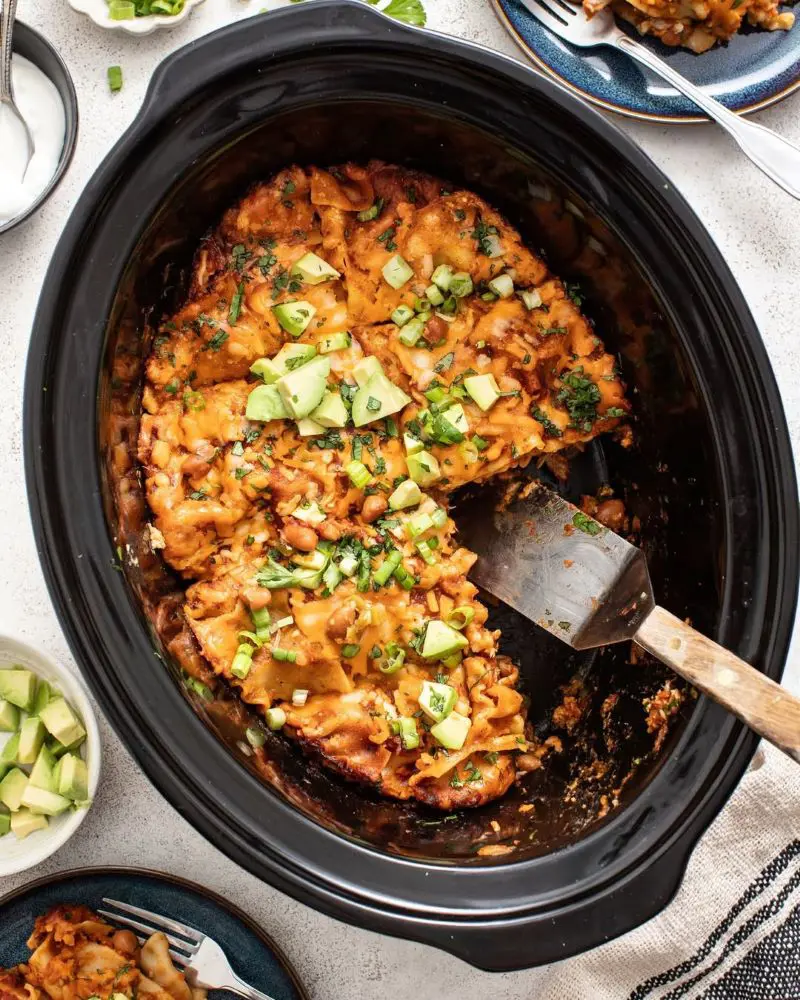Ingredients To Make Chicken Curry
These are the ingredients you'll need to prepare this delicious recipe:
Jalapeño, Ginger & Garlic:
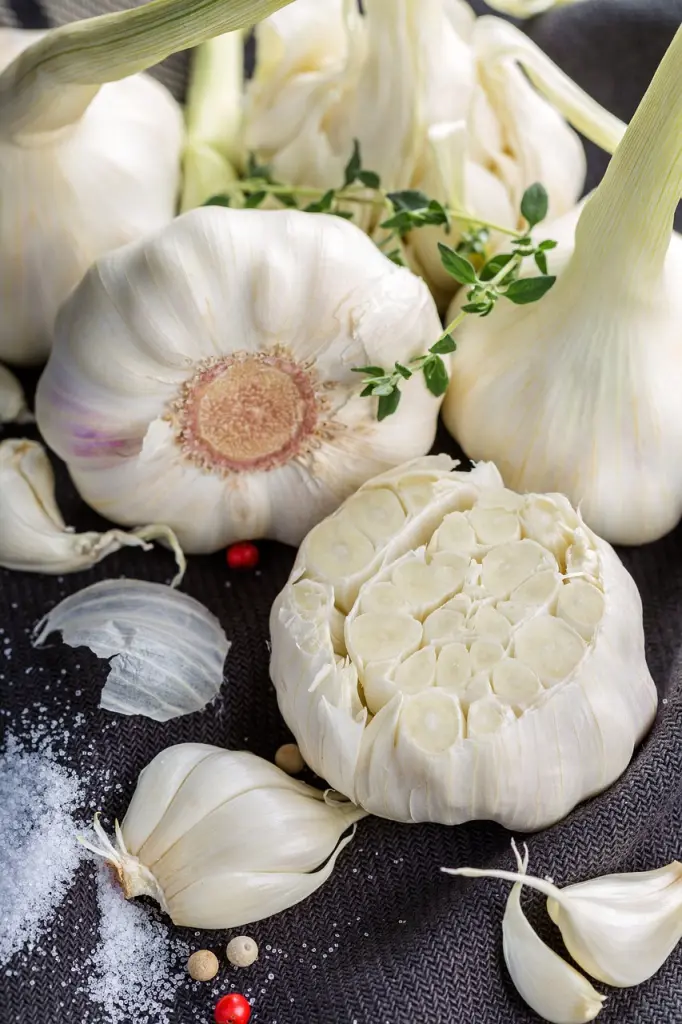
This is the powerful trio that forms the aromatic base of the curry. Puréed together, they create a potent flavor foundation, infusing the entire dish with heat, zest, and depth.
The fresh spicy kick comes from jalapeño, while the ginger brings its typical warmth and pungency; garlic rounds off the mix with a more savory, slightly sweet note.
Curry Powder:
This spice blend is integral to the typical flavor of curry. Sauteing curry powder in oil brings out flavors and aroma, a process called Tarka. In return, it makes the powder aromatic and fragrant, with which the base is formed, and it pervades the entire dish with complexity and well-rounded flavor.
Tomato Puree:
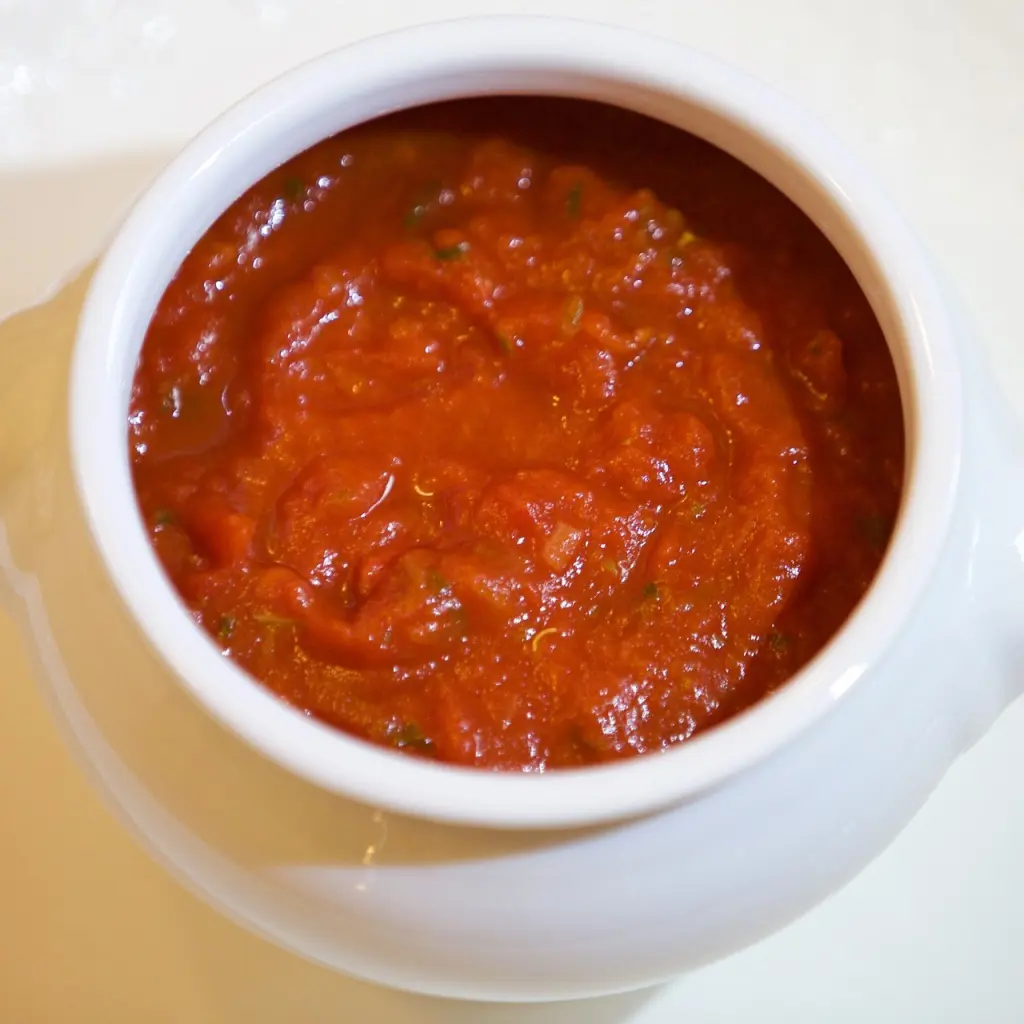
Instead of using fresh or canned tomatoes, tomato puree is added to give consistency to the sauce. It gets mixed well into the curry and helps to give it that smooth, silky texture, adding just a little bit of sweetness and acidity to help cut through the spices.
Yogurt:
Whole-milk yogurt adds richness and creaminess without any heaviness to this dish. It gives the curry a tangy depth and soothes the piquancy arising from the spices. The yogurt's natural acid tenderizes the chicken naturally, thus creating a velvet-like texture within the sauce.
Chicken:
Skinless, boneless chicken thighs are preferred for this curry. Since these have a bit more fat, they remain juicy and tender during the cooking process and do not tend to dry out. The strong flavor of the thigh meat contrasts with the pungency of the curry spices and forms a nice unification of flavors.
Garam Masala:
This is usually added toward the end of cooking a dish, as it mostly enhances flavor and rounds it off.
This spice mix usually has warm spices like cardamom, cinnamon, cloves, and black pepper in its combination; hence garam masala provides complexity to the curry as the last layer, bringing all other flavors high and giving them nuance.
